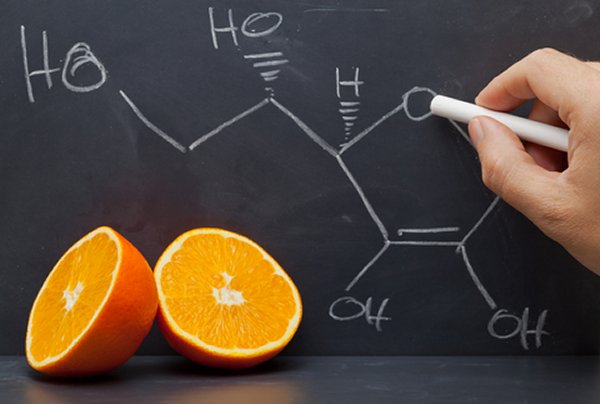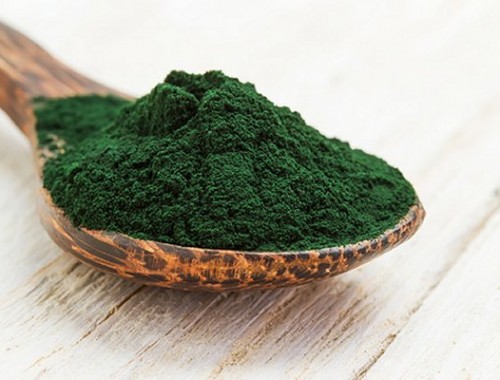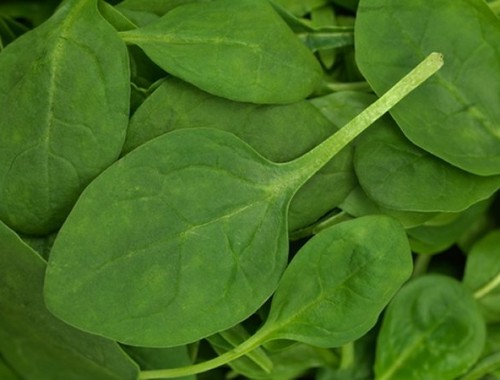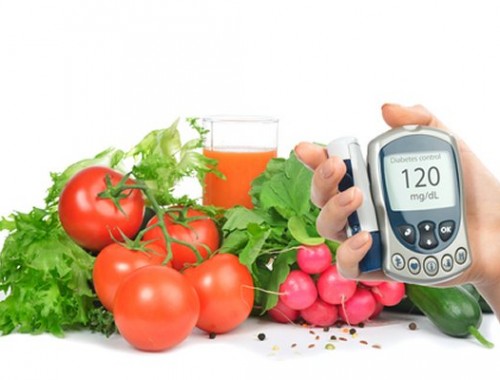When you research juicing and start adding it to your daily routine, you may come along a lot of scientific terms that you may not understand. There are many terms used when talking about juicing but do you actually know what they mean?
A little knowledge can go a long way! When juicing, it’s important to know some of the basic nutritional terms to understand the effect it will have on your body. I see so many people start juicing without knowing the fundamentals. That’s why I’ve written this short and easy to understand guide to juicing nutrition.
Hopefully this will help you when juicing. Here are some of the things you should know about.
Amino Acids
Amino acids are the building blocks of proteins. When you consume proteins they are broken down into amino acids and then reassembled into different proteins as they are needed in the body. There are 11 “non essential” amino acids that your body can make by itself. However, there are 9 “essential” amino acids which can’t be made inside your body and have to come from what you eat or drink.
It’s important to realize that different foods contain different proteins and different amino acids. Some foods contain proteins with all 9 essential amino acids and are considered “complete proteins”. Other foods including most fruits and vegetables don’t contain all 9 essential amino acids and are considered “incomplete proteins”.
Most plants and vegetables contain incomplete proteins (there are some exceptions such as avocado). In order to get all our essential amino acids from a plant-based diet we require a wide variety of fruits and vegetables and knowledge of which amino acids they contain. However, there is an easier solution!
Spirulina and Chlorella are forms of algae (single-celled plants) which are a complete protein source. These can be added to juices to ensure we are getting all 9 essential amino acids.
Antioxidants
Antioxidants are substances which prevent oxidation (a type of chemical reaction). When your body breaks down food something called “free radicals” are created. These free radicals cause oxidation and damage to your cells. Antioxidants help to prevent this damage by soaking up or absorbing free radicals.
Antioxidants that you can incorporate in to your juice include beta-carotene (from foods such as carrots, kale, and butternut squash), lycopene (from foods such as tomatoes, watermelon, and red cabbage), vitamin C (from foods such as oranges, guava, and green peppers), vitamin E (from green leafy vegetables like collard greens, swiss chard, and spinach), and vitamin A (from foods such as sweet potatoes, lettuce, and cayenne).
Bioavailability
Just because food contains a nutrient that doesn’t necessarily mean that your body can absorb it.
Bioavailability is a term used to describe how useful a nutrient actually is to your body. For example, the bioavailability of calcium in spinach is very low because it is bound to the oxalic acid contained in the spinach.
Carbohydrates
Carbohydrates (often referred to as “carbs” for short) are considered either simple carbohydrates or complex carbohydrates based on their structure.
Simple carbohydrates (also called simple sugars) have a simple structure and are easily broken down in the body. This can lead to blood sugar spikes which have an undesirable effect on the body. Processed and refined foods tend to contain more simple carbohydrates.
Complex carbohydrates (also called starches) have a more complex structure and are harder to break down in the body. This means that sugars are released more slowly into the blood. Natural and unprocessed foods tend to contain more complex carbohydrates.
Chlorella
Chlorella is a type of green algae (single-celled plant) that grows in fresh water. It is used as a dietary supplement and is a complete protein source, containing all 9 essential amino acids. It’s also a good source of the trace mineral magnesium and Vitamin K. Many people add chlorella powder to their juice.
Chlorophyll
This is what allows plants to turn sunlight into sugar! Chlorophyll is green and so green leafy vegetables are exceptionally high in Chlorophyll. It is excellent for detoxing and raises hemoglobin levels in your blood.
Enzymes
An enzyme is a substance which speeds up a biochemical reaction (also called a catalyst). Most enzymes perform a specific function such as breaking down starch (a form of carbohydrate). Enzymes help to break down the carbohydrate, protein and fat in the foods we eat, making digestion easier and nutrients easier to absorb. However, the enzymes in fruits and vegetables are extremely sensitive to heat.
Juicing your fruits and vegetables allows for the nutrients and enzymes to be released. The enzymes will start to degrade right away. This is why consuming your juice right after extracting it is always best.
Fiber
Fiber is the indigestible part of plants which plays an important role in digestion. There are two types of fiber, soluble (dissolves in water) and insoluble (doesn’t dissolve in water).
Insoluble fiber provides bulk to your stool helping to prevent constipation and helps keep your colon healthy by giving it a workout. Soluble fiber has many benefits, one of which is to lower your cholesterol.
When you consume foods containing soluble fiber your liver uses stored cholesterol to produce bile to combine with that soluble fiber. The liver then replenishes its cholesterol store by taking cholesterol from your blood, lowering your cholesterol.
Juicing removes much of the insoluble fiber which can actually be beneficial short-term as provides the intestines with a break and makes absorption of nutrients easier. But you need fiber in the long-run as it helps to keep your digestive system healthy.
If you’re planning on juicing long-term you will want to ensure you’re getting enough fiber. If you’re consuming purely juice and not eating other foods you will either want to add some pulp back into your juice or take a fiber supplement such as psyllium husk.
Flavonoids
Flavonoids (also called bioflavonoids) are compounds which give plants their color. It makes them the beautiful and diverse colors that we love. Flavonoids are thought to be very beneficial for health and different colors tend to have different health benefits.
If you think of carrots orange color this is due to the flavonoid, Beta-Carotene that they contain. Beta-Carotene is also considered a “carotenoid” which is simply a group of flavonoids responsible for yellow, orange and red pigments in fruits and vegetables.
Oxalic Acid
This can be found in green leafy vegetables like Spinach and is broken down by cooking. When juicing you should drink plenty of water to help flush out the oxalic acid.
If you consume a lot of vegetables containing oxalic acid and don’t drink enough water it may allow kidney stones to form. So always be aware of it and especially so if you have an existing medical condition involving your
If cooking, lightly steaming will break down oxalic acid but do the least damage to the nutrients. Frying, boiling and microwaving are all highly detrimental to the nutrients in plants and vegetables.kidneys.
Micronutrients
Micronutrients are nutrients that are required by the body in small amounts but are extremely important in order for the body to function correctly.
The term “micronutrients” includes trace minerals such as selenium but also vitamins.
Phytochemicals
Phytochemicals are the compounds occurring naturally in plants that are responsible for things like color, smell and flavor. There are many thousands of different phytochemicals, many of which are believed to have disease fighting properties.
Proteins
A protein is a complex natural structure made up of linked amino acids. When you eat protein your body breaks it down into individual amino acids which it then absorbs and uses to perform specific functions such as building muscle or growing your fingernails.
Spirulina
Spirulina is a type of blue-green algae (single-celled plant) that grows in saltwater lakes. It is used as a dietary supplement and contains significant amounts of complete protein along with trace minerals like calcium, copper, iron, calcium, manganese, magnesium and selenium. Lots of people add spirulina powder to their juice.
Trace Minerals
These are elements needed by the body in very small amounts. They are often referred to as “trace elements” and include thing like iron, zinc, magnesium and selenium.
Trace minerals are also considered “micronutrients” although this term also includes other compounds which the body needs in small amounts such as vitamins which are not elements (substances consisting of only one type of atom).
Vitamins
Vitamins are organic compounds that are required by the body for it to function normally. They are essential and lack of a particular vitamin may lead to disease and may even become life-threatening. Some vitamins, like Vitamin D can be made inside the body but others like Vitamin C must come from our diet.







2 Comments
Hi Denise,
Excellent nutritional information and just what we need to be healthy. Processed foods were killing me. It’s only been through the power of juicing that I now eat healthy every day.
Happy juicing!
Great unique post Denise! Very simple, yet thorough at the same time. I really like how you go through each one of these categories in a way that will help people understand not only the terms, but why it is they should know them. People understanding more about juicing nutrition will be a huge motivation factor in their lives when making daily decisions about what to put into their body.
Thanks for this cool post! Keep passing the good news about juicing on! 🙂